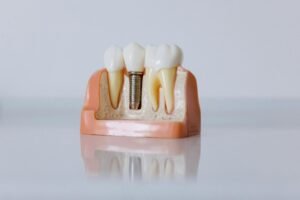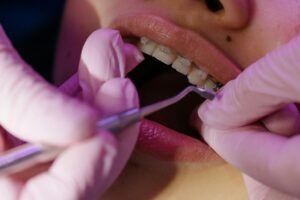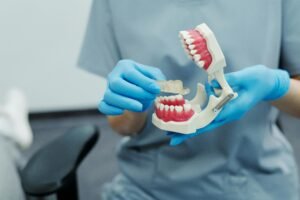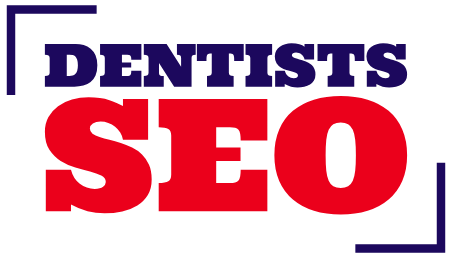Dentists Seo
Contact us
On-Page SEO for Dental Websites
Understanding the Basics of On-Page SEO for Dentists
On-page SEO refers to all the actions taken directly within your dental website to improve its search engine ranking. This includes optimizing individual pages to target specific keywords, improving content quality, and enhancing user experience. For dental websites, on-page SEO is essential to ensure potential patients can find your services when they search for dental care in your area. A well-optimized page not only ranks better but also builds trust with visitors by delivering relevant and helpful content.

Dental practices can benefit from targeting search terms like “family dentist near me,” “emergency tooth extraction,” or “kids’ dentist in [city]” within the website’s content, title tags, and headers. Aligning your content with the language real patients use increases the chances that your site shows up when they search for care. It also ensures that your web pages are relevant to their search intent, helping reduce bounce rates and increase engagement.
Crafting SEO-Friendly Dental Content
High-quality, keyword-rich content is the foundation of effective on-page SEO. Dental websites should include detailed service pages for offerings like teeth whitening, root canals, orthodontics, and dental implants, using clear language and local keyword variations. This not only helps patients understand your services but also improves your chances of ranking in search engines. Each page should target one main keyword and include related terms naturally to create a strong semantic foundation.

Additionally, maintaining a blog can further enhance on-page SEO for your dental practice. Posting helpful articles such as “What to Expect During Your First Dental Visit” or “5 Signs You Need a Root Canal” can attract long-tail traffic and establish your expertise. Google favors sites that regularly publish fresh, informative content, so blogging about dental tips, community involvement, and oral health topics can make a significant impact on your rankings and visibility.
Experience the Patient Flow You Deserve
Optimizing Meta Tags, Headers, and URL Structure
Meta titles and descriptions play a vital role in click-through rates and search engine understanding. Each page on your dental site should have a unique title tag that includes your target keyword and a compelling description to encourage users to visit your site. These elements are what show up in search engine results, so they must be clear, informative, and optimized to reflect the searcher’s intent.

Your page structure also matters. Use header tags (H1, H2, H3) to organize content clearly and help search engines understand the page hierarchy. URLs should be short, keyword-rich, and user-friendly—preferably reflecting the service and location, such as /dental-cleaning-los-angeles. Proper structure ensures that your site is easy to navigate, both for users and for search engine crawlers, which leads to better indexing and ranking performance.
Improving User Experience and Mobile Optimization
User experience is now a ranking factor, so it’s essential your dental website loads quickly, displays correctly on all devices, and is easy to use. On-page SEO for dentists includes technical elements like responsive design, fast loading times, and accessible menus. A slow or confusing site can frustrate users and increase bounce rates, which negatively affects your rankings.

With most patients using smartphones to search for local services, mobile optimization is no longer optional. Your dental site must look great and function smoothly on mobile devices. From tap-friendly buttons to readable text sizes, every aspect of the mobile experience matters. A mobile-friendly, well-optimized site helps your practice appear professional, trustworthy, and ready to serve patients on any platform.
Testimonials





